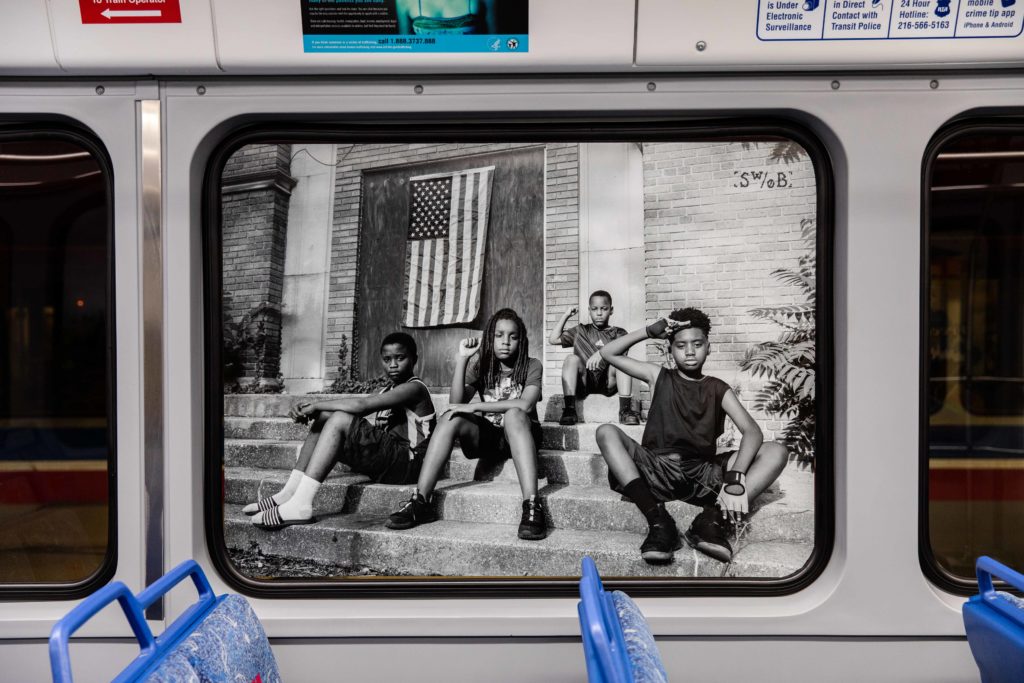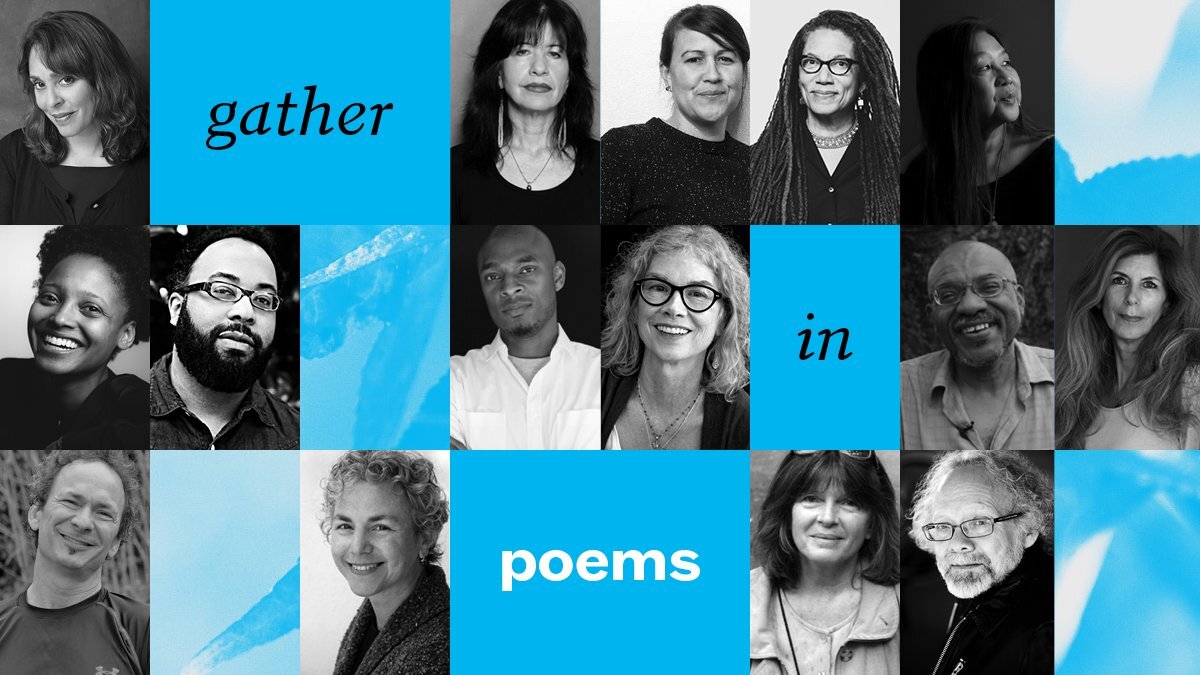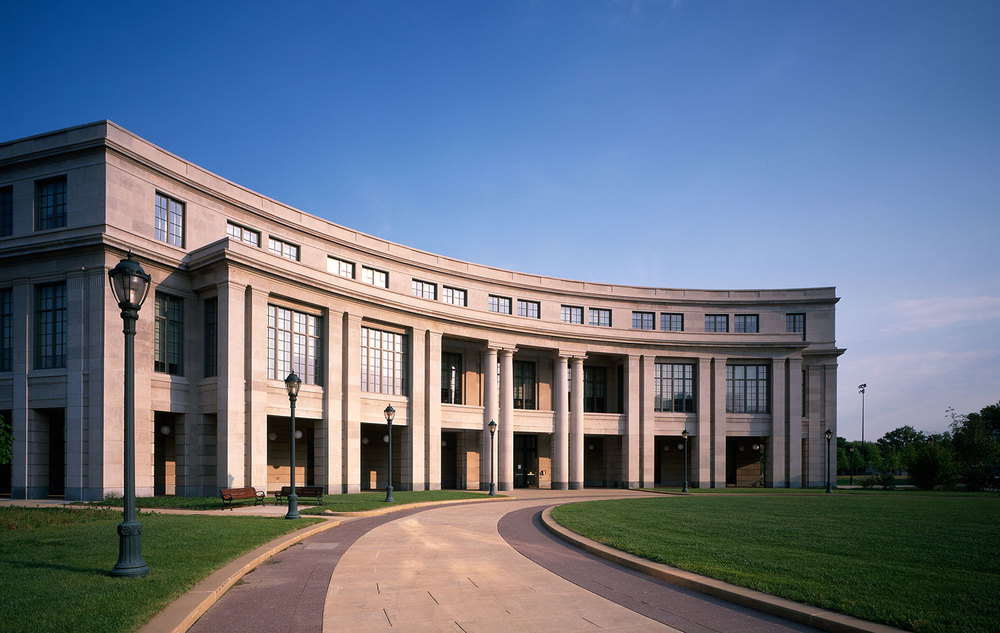An innovative virtual exhibition at Case Western Reserve University selects and showcases new local responses to Anisfield-Wolf Book Awards writing. Sponsored by the Cleveland Humanities Collaborative, the exhibition features 10 new poems and essays responding to prompts from the Anisfield-Wolf award-winning canon.
Students and faculty from area universities created their own work based in Tracy K. Smith (“Wade in the Water”), Jesmyn Ward (“Sing, Unburied, Sing”), Tommy Orange (“There There”) and Martin Luther King Jr. (“Stride Toward Freedom”). Three students from Tri-C reflected on two pieces from the public art Inter|Urban project, influenced by Isabel Wilkerson (“The Warmth of Other Suns”) and Junot Diaz (“The Brief Wondrous Life of Oscar Wao”).
“The Anisfield-Wolf Book Awards have been a part of Cleveland’s literary culture for over 80 years,” said Kurt Koenigsberger, director for the collaborative. “It’s really been within the last decade that local colleges and universities, largely with support from the Cleveland Foundation, have begun to take up the challenge that the Anisfield-Wolf Award-winners pose for the work we do in our institutions.”
For the past two summers, the collaborative has sponsored seminars to help Northeast Ohio faculty, artists and activists integrate Anisfield-Wolf books into their classrooms and community projects. The idea for an exhibition that engaged students directly was an easy next step, Koenigsberger said: “Creating a space that broadened our institutions’ understanding, appreciation, and celebration of work on race and racism seemed important to the work of our Collaborative, and to our Northeast Ohio community more generally.”
Due to the coronavirus pandemic, plans for a physical exhibition in March quickly transitioned to a virtual presentation. Switching to an online format had at least one benefit — most of the participants provided audio of their work, adding flavor and personality to the written word.
“The move to invite participants to record their work was a result of our students’ deliberations,” Koenigsberger said. “They were very eager that the public could hear how the poems and essays sounded in the authors’ own voices.”
Read (or listen) to the selections at the Cleveland Humanities Collaborative website.



